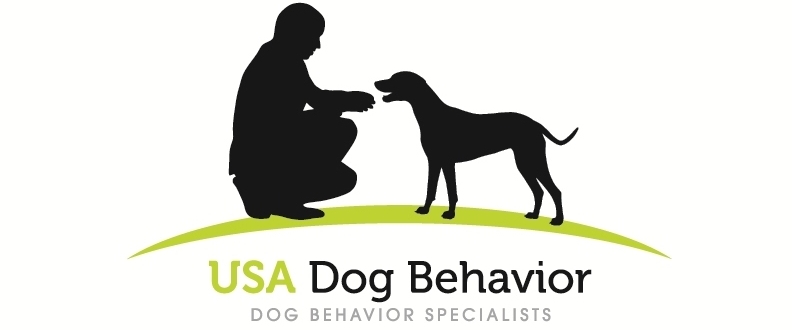Stopping on the Street with Your Reactive Dog Is a Bad Idea
©Scott Sheaffer, CBCC-KA, CDBC, CPDT-KA, USA Dog Behavior, LLC
If you have a dog-reactive-dog, your dog does one or more of the following as another dog passes by: forcefully pulls, whines, lunges, growls, barks, etc. This can be quite embarrassing for you. In an attempt to manage this behavior, you may force your dog to sit and watch as the other dog passes by. You may find you are also really shortening the leash and pulling your dog very close to you.
“There is a plethora of advice on the internet…that tells you to command your dog to sit obediently…until the other dog leaves the area.”
You feel like you are doing the right thing, but you’re observing that your dog’s behavior around other dogs is not really improving - in fact, it’s getting worse.
Why is your dog doing this?
Your dog is doing this because of any combination of the following:
They are fearful of the dog that is passing by and want to scare it away (also known as defensive aggression).
They are overly aroused by the sight of the other dog.
They are frustrated because they are tethered to you (i.e., leashed) and are not free to interact with or move away from the dog walking by.
What’s wrong with making my dog sit obediently next to me as the other dog walks by?
There is a plethora of advice on the internet and from some dog trainers that tells you to command your dog to sit obediently by you until the other dog leaves the area.
If you think issuing commands in a stern voice, shortening the leash and pulling your dog forcefully toward you is making your dog more fearful, aroused and frustrated, you are right.
An Important Analogy
Let’s get into your dog’s head for a moment by putting ourselves in an analogous situation. Imagine you are walking on a trail with some friends and you spot a large and menacing-looking rattlesnake. This snake is 20 feet ahead and is rapidly making its way down the trail toward you.
You start to get concerned and realize you need to give yourself a safe distance from this serpent. However, and quite unexpectedly, your friends use significant physical restraint to force you to sit on the trail while the rattlesnake passes by right in front of you. You are definitely not feeling better about snakes after this incident. You’re also not too thrilled with your friends either.
This is similar to how your reactive dog feels about being forced to sit and watch as another dog passes by in front of them.
How to Better Handle a Reactive Dog
There are a number of proper techniques for dealing with your reactive dog when they see another dog out on a walk. They all have three components:
Management - helps your dog feel safe in the moment by primarily using distance and line-of-sight.
Desensitization - gives your dog the opportunity to encounter other dogs in a way that doesn’t cause your dog to overreact.
Counterconditioning - changes your dog’s negative view of other dogs to a more positive one.
The very minimum components to implement if you have a dog-reactive-dog include the following:
When you see another dog, keep moving.
Stay relaxed on the leash.
Give your dog enough distance from the other dog in order for them to stay reasonably calm.
If you can’t maintain enough distance, move your dog behind a barrier (e.g., parked car, bush, wall, fence, shrub) to remove their line-of-sight to the other dog.
The items above primarily help you manage your dog, but aren’t enough to significantly modify the root causes of their reactivity (i.e., fear, arousal, frustration). Not surprisingly, proper behavior modification takes time and knowledge to properly implement, but can really help you and your dog be much more comfortable and happier when out in public. See a certified behavior consultant to learn more.

